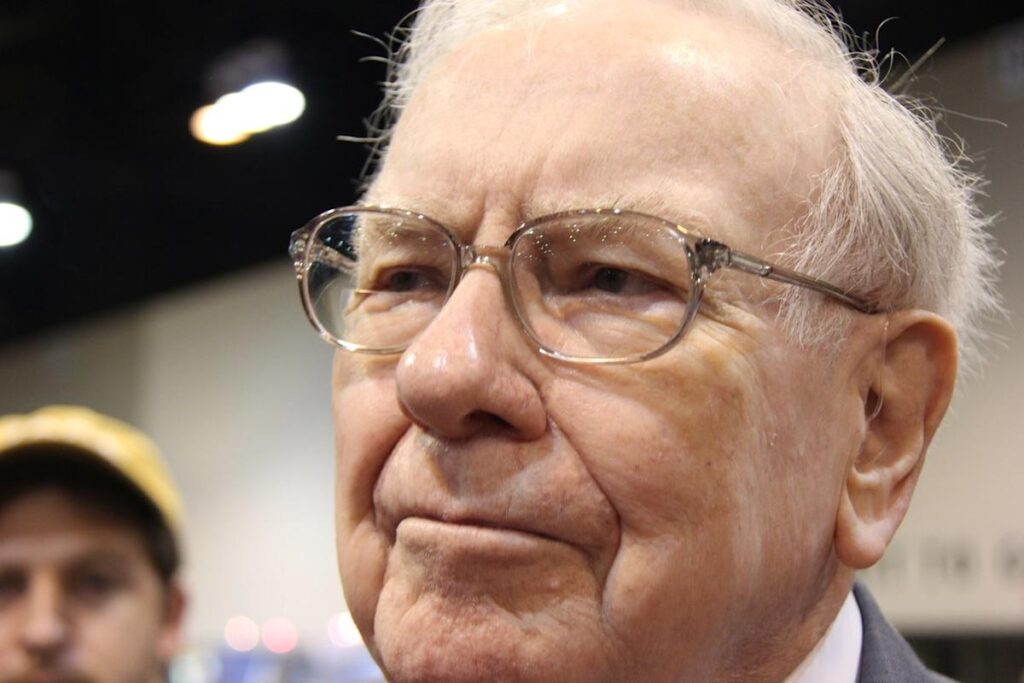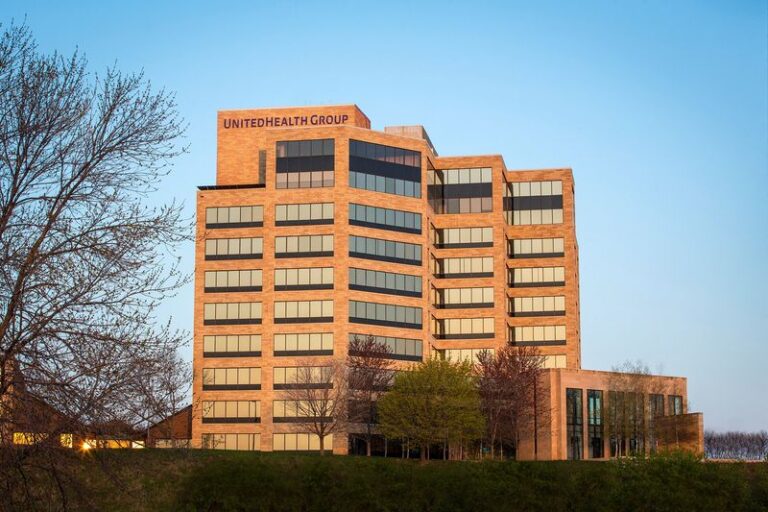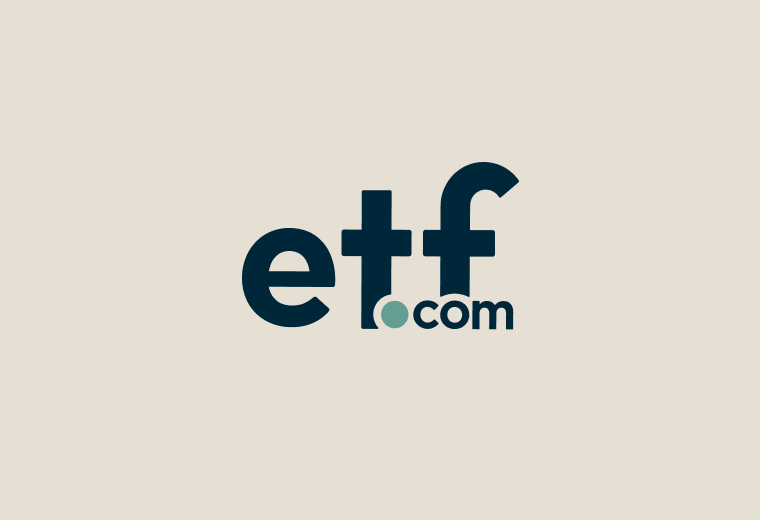
Daniel Foelber, The Motley Fool
Sat, May 10, 2025, 11:14 AM 6 min read
-
How companies choose to allocate capital can affect their stock performance over time.
-
Dividends can be an effective way for low-growth companies to routinely reward shareholders.
-
Berkshire is becoming less of an investment company and more of a conglomerate.
-
10 stocks we like better than Berkshire Hathaway ›
Berkshire Hathaway (NYSE: BRK.A) (NYSE: BRK.B) is the quintessential value stock in almost every category. It has a diversified portfolio of controlled businesses, positions in equity securities, and an impeccable balance sheet. But Berkshire has never paid a dividend — which is fairly unusual for a value-focused company.
Here’s why Warren Buffett prefers buybacks over dividends, and why I think Berkshire’s new CEO (as of Jan. 1, 2026), Greg Abel, may change that policy.
Between 1965 and 2024, Berkshire averaged a 19.9% compounded annual gain, compared to 10.4% for the S&P 500 with dividends reinvested. Most of those gains came from savvy stock purchases, acquisitions, and reinvesting in its controlled businesses — not returning capital to shareholders.
However, Berkshire’s Board of Directors formally authorized a share repurchase program in September 2011. This allowed the company to repurchase shares “at prices no higher than 10% over the then-current book value of the shares.”
The threshold was later changed to a 20% premium. Then the rule was more or less eliminated in recent years, as Berkshire had 24 consecutive quarters of buying back stock even when its price-to-book was inflated. However, Berkshire hasn’t made any buybacks since second-quarter 2024 — a sign that management may not view the stock as a compelling bargain right now.
To understand why Buffett has long preferred to use excess capital to repurchase stock and not pay dividends, it’s helpful to know the different ways companies can use capital.
Most companies start out by borrowing money because they have some really good ideas and need that capital to finance those ideas. Then as they become profitable, they may want to use those profits to act on even more ideas and grow the business further without taking on too much debt.
As companies mature, they may generate more capital than needed, so they elect to return some of that capital directly to shareholders. The two main ways to return capital are stock repurchases and dividends.
Stock buybacks reduce the outstanding share count, which increases earnings per share and makes the stock a better value over time. Buybacks are inherently a more bullish bet than dividends because dividends provide a one-off benefit, whereas buybacks have lasting effects and are a better use of capital as long as the stock price does well over time.







